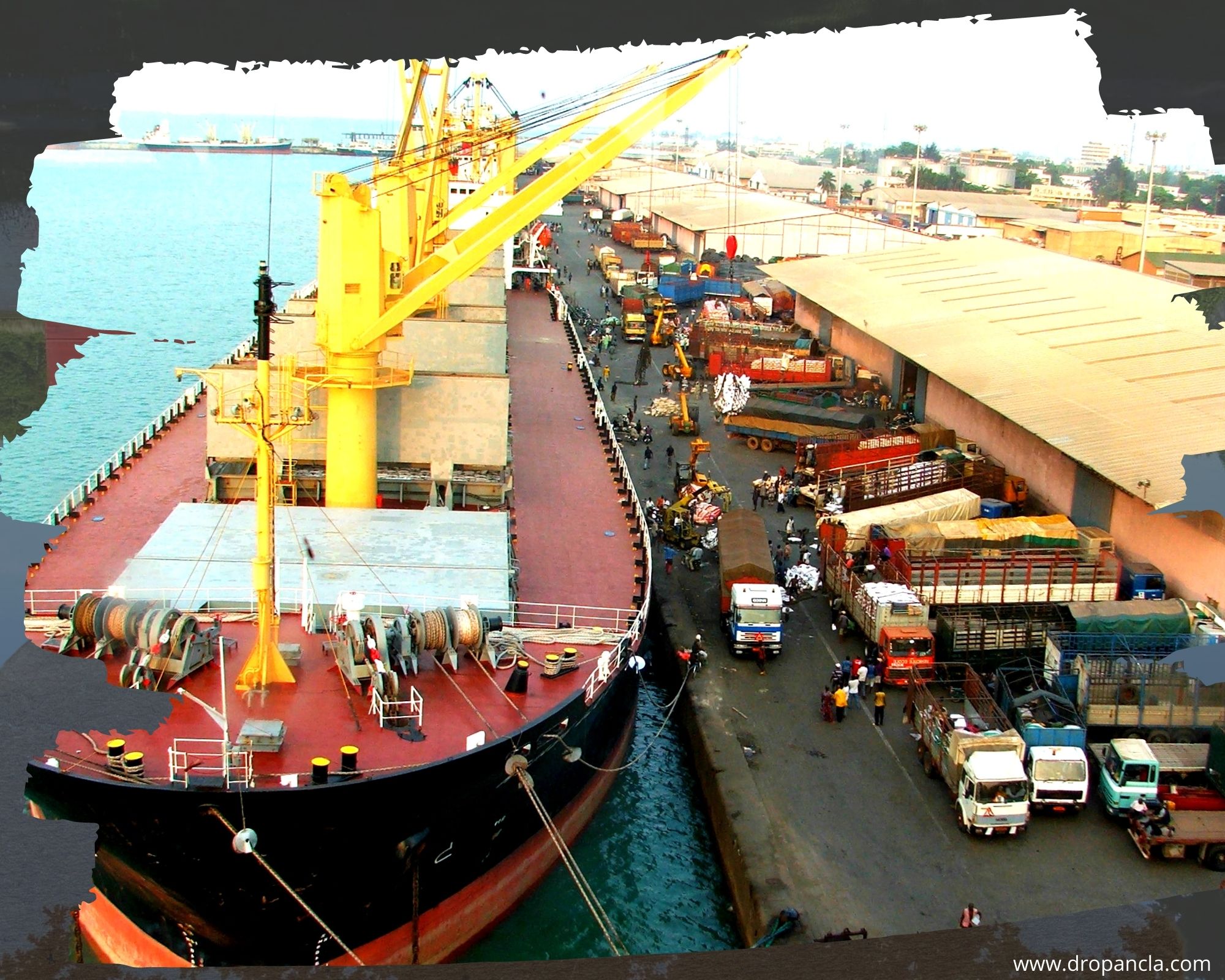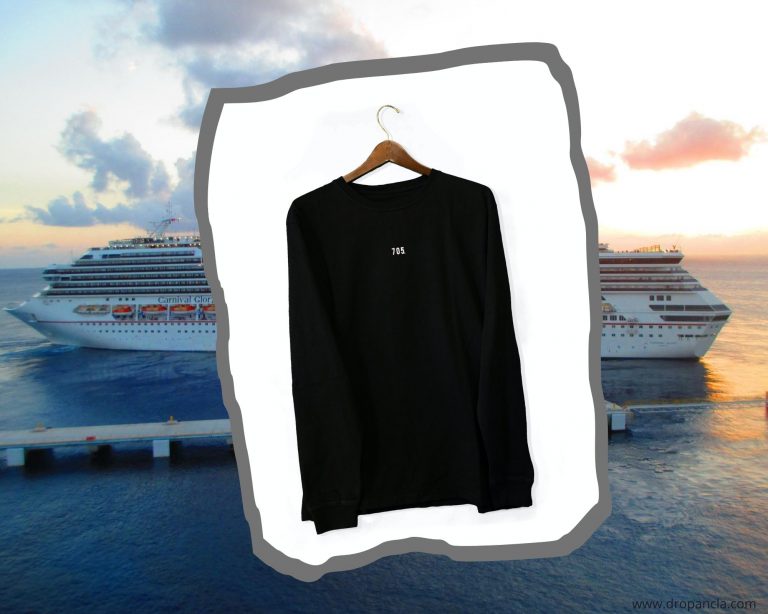Ship cargo handling and stowage reviewer
Dear readers, this time it’s about cargo ships! As this is not a very familiar topic for most of you, we are sure there are many interesting facts to share. We wish to share some insight about the Cargo Ships. Let s see what the fascinating facts behind them are! – Ship cargo handling and stowage reviewer
What is cargo handling?
Cargo Handling means the Overall Transportation Activities in Warehouses and Logistics Centers. It refers to the entire process in warehouses and logistics centers.
The method includes loading and unloading cargo, transporting cargo, warehousing, picking, and sorting.

Maritime cargo is one of the most popular ways to transport goods. A cargo ship or freighter is a merchant ship transporting cargo, interests, and materials across sea borders from one port to another. Thousands of cargo ships carry heavy loads across the world’s seas and oceans each year—it has a severe impact on handling the bulk of international trade.
Cargo ships usually are specially designed vessels for specific tasks. These ships are equipped with cranes and other mechanisms to load and unload. And they come in all sizes.
Along with the developed technology, they are mostly built of welded steel. And with some are extra special with added features to make the job easy. These ships generally have a life expectancy of 25 to 30 years before being scrapped. They can withstand all weather conditions and disasters while carrying the cargo safely to the destination.
Types of cargo handling
It is one exciting conversation to carry on. As most of you know, cargo handle operations have a wide span when you think of its activities.
Let us explain what the types of cargo handling are.
Several types of cargoes are classified according to the kinds of goods they transport in the maritime industry. Below are the main categories that we accept as cargoes. Any item is classified according to these categories and allocated into a container.
- Dry bulk is one of the main categories. Dry majority or unpackaged goods, as we call them, are transported loose in large quantities in containers, a railcar, or a truck. We offer comprehensive and high-end throughput facilities for these goods, including fertilizers, scrap, and ores. Also, kaolin, gravel, sand, potassium, salts, wood waste, melt, granite blocks, cement clinker, marble, soda, and glass fall into Dry bulk.
- The ships also provide high-quality storage and transportation for the liquid bulk, like the chemicals. Fine chemicals, petrochemicals, petroleum, and liquid gases fall into this category. We have to consider several conditions to sort them safely to the destination.
- As Breakbulk cargo, the ships carry containers or general cargo vessels. They are usually packed in many ways, such as palletized, boxed, bagged, barreled, or unpacked. Or, they are sent as general cargo like steel rods, rolled steel, wood, wind tribune wings, etc.
- Cold cabins are the other type that we handle. The ships try to deal with the short transit times and specialist handling to ensure that frozen products, vegetables, or medicines will reach their final destination soon and in good condition.
The ships handle the cargoes categorizing the goods according to these types so that the goods are safe and transported in the correct method to the relevant ports.
Cargo handling procedure
Dear readers, handling cargo is a very responsible job and a vast topic to discuss. We wish to share our knowledge on this subject so that you can get a clear insight into it.
Cargo handling was an activity that has evolved from being fully manually driven. But today, it is performed using the latest materials handling equipment money can buy. But the manual operations dealt with by people still have an essential role in cargo handling. It has opened doors for diverse job opportunities. We come across different essential functions until the cargo is unloaded at the relevant port and handled efficiently by several workers.
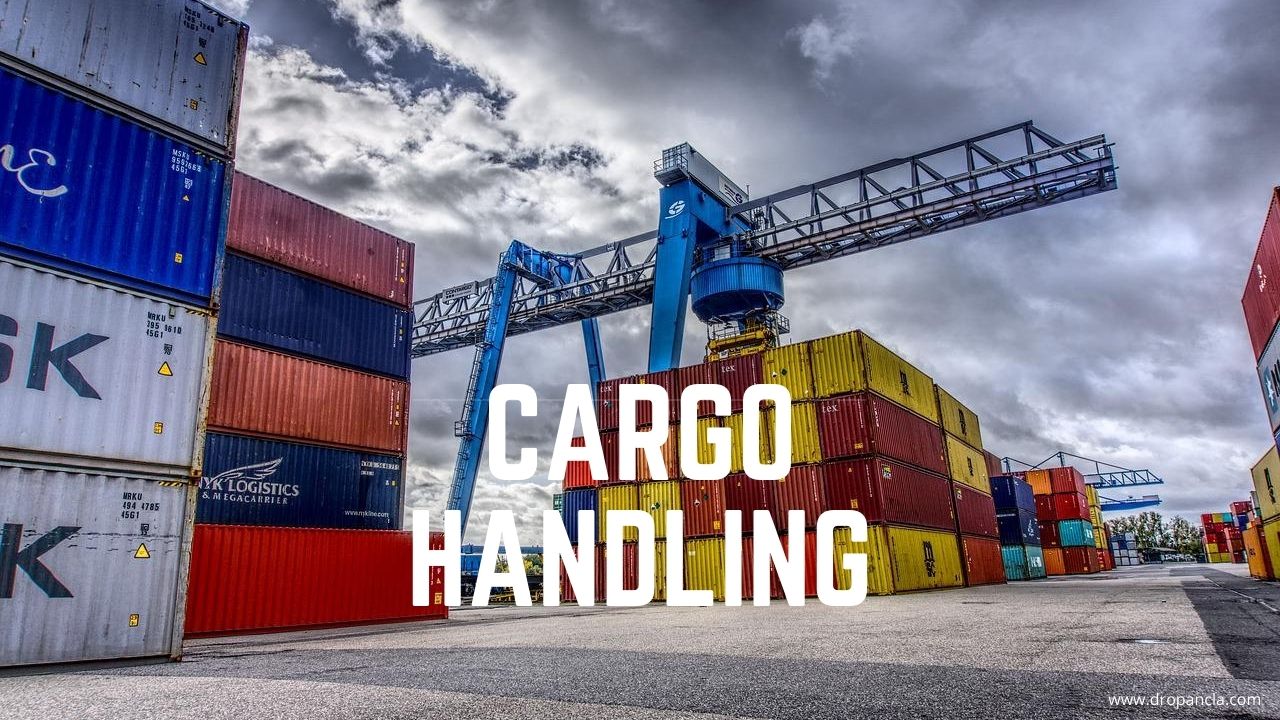
Earlier, cargo handling procedures in ships consisted almost solely of cargoes carried by a single man. For example, we should pack the grain or any tangible goods into sacks. These loads were each of a size that a single man could carry on to the ship on his shoulders.
During the many past years, when transportation by sailing vessels was popular, this process might have worked well. The shipping companies at the time would have a team of workers to carry these loads and load the vessel.
But soon, in the 20th century, boomers replaced the workforce, and the hefty loads were quickly loaded onto the ships with more efficiency, saving time and money. But with the variety of goods being transported, er had to think of different modern methods to loading.
The first cargo in need of a unique handling system was petroleum products. Initially, petroleum carried by sea was packaged in barrels that were handled traditionally. But soon, the hulls of tankers are separated into several cells or tanks. The liquid cargo is pumped through hoses in them on the shore.
How different types of cargo are handled.
The dry bulk cargo handling has a procedure with special containers loaded and unloaded by the cranes. It is straightforward and more convenient than the manual processors followed earlier. The handling gear of dry bulk usually consists of three conveyor belts.
The first receives the cargo through hopper doors, and the second belt receives the shipment from the first belt and carries it to the main deck level of the hull. The load gets discharged to the belt, with the cargo to the end of a discharge boom. Then finally, it will reach the vessel. Dear readers, it is the main procedure we follow when handling a dry bulk.
Liquid cargo handling is a separate area where we need to pay more attention to sorting conditions such as temperature and humidity levels. So, we have special containers in ships, and these need to be loaded with much care to ensure no leaks.
Same as above, the Gas Cargo handling is also a particular area. We usually look at the safety factors very carefully. Pressure levels, temperature, humidity, and leaking conditions are the specific areas when pumping the gas into storing vessels.
When loading cargo, the breakbulk is handled differently. We get shipments in small batches as then they can be pumped, poured, or conveyed. But when the load has wheels like automobiles, trucks, and railway cars—the easiest and most convenient cargo handling method is to roll it on and off.
So dear readers, when you sum up the cargo handling system, we cannot forget the below points.
cargo handling system in general
Generally, most ships had their handling facilities as derricks. At present, the majority of cargo is shipped in containers. So, there is no need for boats to have their cargo-handling gear. They can depend entirely on onshore facilities. Most of the general cargo carried today is of a type that cannot easily pack into containers.
Usually, general cargo is loaded from the dock by typical dockside cranes except where the weight becomes a barrier. To speed up loading, much of the shipment is combined—the process of combining consists of tying together individual cargo items to form a single unit. Ships built to carry heavy loads usually have their cargo-handling gear in heavy-duty derricks or cranes.
Discharging/ unloading cargo
cargo unloading is also a pretty complex operation, the same as loading. Usually, this happens with a proper plan for the safety of the goods and to make unloading efficient.
The main point when discharging is to avoid stress due to inappropriate distribution of weights. Due to this, the cargo unloading is very closely monitored. However, the degree of watchfulness required by the watchkeeping officers remains the same. We should pay attention at the discharge port as many ships wait for high tide before berthing alongside. Below are the key steps to be followed before unloading the cargo.
- arrival at the Discharge Port
- Notice of Readiness
- Cargo Samples when Discharging
- Cargo Calculation – Draught Survey
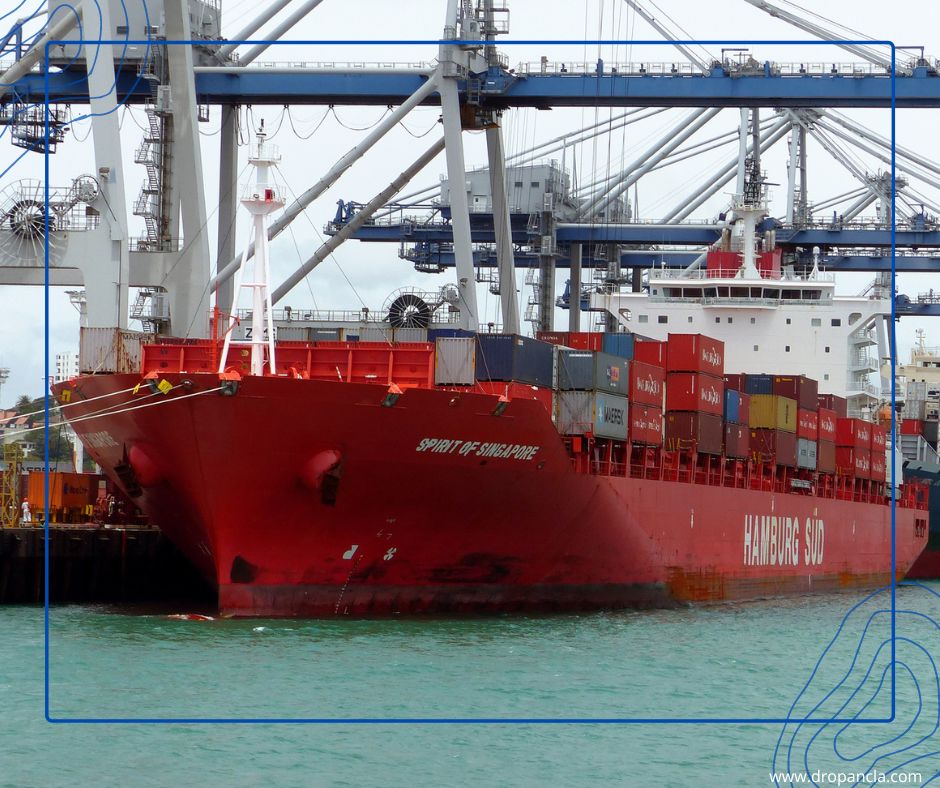
Software used in cargo handling
As we all know, the new technological developments have made jobs easy. Same as them, we are satisfied with the latest software introduced for easy cargo handling. Here is some information about the most effective software types we generally use.
Cargo planning software
Below are some of the frequently used software in cargo planning.
- Easy Cargo– this is a very user-friendly load planning tool with extended functionality. It has the facility of open API documentation and enables integration with other systems. APIs of this software are available as REST service over HTTP/HTTPS protocol.
- Load Calculator – this is software by Sea Rates, and it is a simple application to maximize loading inside trucks or containers. It’s available in 3 options, and you can pick the most relevant: online with unlimited access, web integration on your website under white-label, and API solution. You may use what eve the option that will help with your profession.
- CargoWiz– this is an application by SoftTruck. It is another easy-to-use cargo calculator. It is designed to optimize truck, pallet, and container loads. Its unique feature with a Container Advisor feature offers recommendations on the optimal container mix for your load.
- Cubmaster – application by Logen Solutions is a comprehensive load optimization platform. It works with multiple vehicle types and load rules, giving various options. It has a wide range of editions, from simple pallet load optimization to more advanced and full-featured versions.
- Cubmaster is a software with the Excel/CSV Import Wizard to import load lists from Excel or CSV files. And it works on the External DBMS Import Wizard to access external databases such as MS SQL, ORACLE, or DB2 and bring in orders from your TMS, WMS, or ERP.
Stowage planning software
It is the same as the cargo planning software; there is specific software for stowage planning. Below are some of the most-used apps.
- Stow Man is a multipurpose, advanced storage system that enhances the cargo loading factors through better and easier cargo operations. This software is designed to assist the shipping lines in expedition planning for the best vessel utilization.
- Auto-ship Systems Corporation Stowage Planning Systems is a very advanced system that does far more than just model how cargo will fit in your vessels. They handle any type of cargo you transport, including all voyages, all ports, and all your ships.
They have a global information system that allows both long-range and immediate planning. The system uses your existing bookings database and links operations entirely into your supply chain management system.
- Plan master is a highly complex and detailed software system that has been designed to help the busy ship planner achieve these tasks smoothly and efficiently. This market-leading software helps with the ideal ship planning and stowage coordination tool. It is both powerful and multipurpose, meeting the needs of today’s ship operations, including the complications of joint services, transshipments, consortia, slot sharing agreements, and terminal ship planning.
- Simple Stow is a Windows-based application designed especially for stowage planning of container vessels and data processing of the container.
These are the most common software we use in the cargo industry to make work easy.
Vessel planning procedure
Before loading the cargo, it is essential to follow a proper vessel planning procedure. It makes things east ad systematic. Below is the primary planning procedure we follow during vessel planning.
Moving a vessel successfully through a port or terminal is a multi-tasking exercise. The operational control center keeps a forward plan for where and when each vessel call will be handled. Vessel planning includes:
- Vessel activities from the arrival point.
- Deciding which berth or which section of the quay to use by each vessel
- Forecasting – when the berth or quay slot will be available for the vessel
- Forecasting for channel availability, as well as the availability of logistical resources such as tugs, pilots, mooring launches, etc
- Forecasting when a terminal or port resources will be available to process the cargo
- Producing a plan which is workable from all angles and gives the best level of service to the traffic using the port
The multi-dimensional planning takes place in a rapidly changing environment. for example, ETAs change, or bad weather slows down port operations and processors. The forward plan needs to be updated quickly and shared with the port community. It is the primary planning process we carry out in vessel planning.
Cargo handling equipment
have you ever thought about what the ship cargo handling equipment is? Most of them are heavy-duty non-road, self-propelled vehicles or land-based equipment. These are mainly used at a seaport or rail yard to lift or move heavy cargo, such as containerized, bulk, or break-bulk goods. Below is the most used equipment at a port.
- Ship-to-shore cranes
- (Automated) stacking cranes
- Straddle and shuttle carriers
- Automated Guide Vehicles
- Reach stackers
- Terminal trucks and chassis
- Forklift trucks
- Empty container handlers
- Reefer landings
- Dumpers
- Bulldozers/Bobcats
- Docks and Berths
- Quays
- Jetties
- Dolphins
- RoRo ramps
- Ship loaders
- Elevators
- Wagon loaders
- Conveyors
- Locomotives and rolling stock
- Rail and infrastructure
Other than this equipment, it’s essential to ensure the life-saving appliances in the ship to ensure safety in all aspects.
Importance of cargo handling equipment
the cargo handling equipment plays a vital role at the post. It ensures the safety of the cargo well as makes the handling easy and efficient. Most of all, the cargo handling equipment is needed to handle the heavy loads easily.
For example, a ship loader makes the loading and unloading the containers or goods easy and efficient. And the bulk unloaders help to unload and carry a considerably larger load that no workforce can handle at one go. This equipment has become a central part of the cargo industry due to the efficiency and safety they provide.

Cargo Handling Costs
What do you know about cargo handling costs? Let us explain.
Usually, the Cargo handling costs include the costs incurred from loading and unloading cargo and any claims that may come up relating to the load. However, the Cargo handling costs are deducted from voyage charter costs but have to be met in owner operation.
If we can reduce the cargo handling time, the prices of this operation can be reduced. Below are some of the ideal cargo handling features. Proper Cargo Management helps a lot in managing the cargo handling cost, and ensuring the safety of the cargo will have an impact on the bulk unloading cost.
FAQs about cargo handling.
As this topic is something that we do not discuss very frequently, we are sure that you will have many questions to answer. So here are some of the frequent concerns. I hope this will help you clear out your doubts.
-
What are cargo handling and stowage?
Cargo Handling is the Overall Transportation Activity in Warehouses and Logistics Centers. It includes loading and unloading cargo, transporting cargo, warehousing, picking, and sorting.
Stowing is the arranging and packing of cargo in a vessel for shipment. Sometimes the shipper’s agent gives specific instructions concerning the load to be held.
-
What is ship loading?
Directly unload the truckload to the vessel to avoid double handling.
-
What is the loading and unloading of cargo?
Loading and unloading mean getting goods and equipment in and out of the storage areas or automobiles and setting up or taking down the stall or pitch.
-
How are cargo ships loaded?
The container is held at the port in the container yard till the specific ship arrives. Once the designated vessel has arrived, the container is brought to the ship’s side by a particular vehicle called the cab cart. At most ports, container movement is computerized.
The container is now loaded as per the cargo plan by the gigantic port cranes. They lift the load from the truck and transfer it to the ship. The container can be kept on the ship’s cargo hold till the guidelines are provided to move the container inside the warehouse.
-
What is the difference between stowage and storage?
Storage is the act of placing cargo onboard the vessel. Stowage relates to the front of organizing and securing those items stored so that they do not shift or move during sailing.
-
What are the principles of stowage?
Below points are the essential points to keep in mind.
- The material should never be stowed or put in passageways or where it may block damage control devices.
- All materials should be stored appropriately to avoid equipment damage or injury to crew, people, or passengers.
- Items subject to effortless burning should be stowed in an ideal, well-ventilated space, away from heat and flammable material.
- Bulk acids other than medical items should be put in the acid locker with the knowledge of the supply department; paint should be kept in the paint locker.
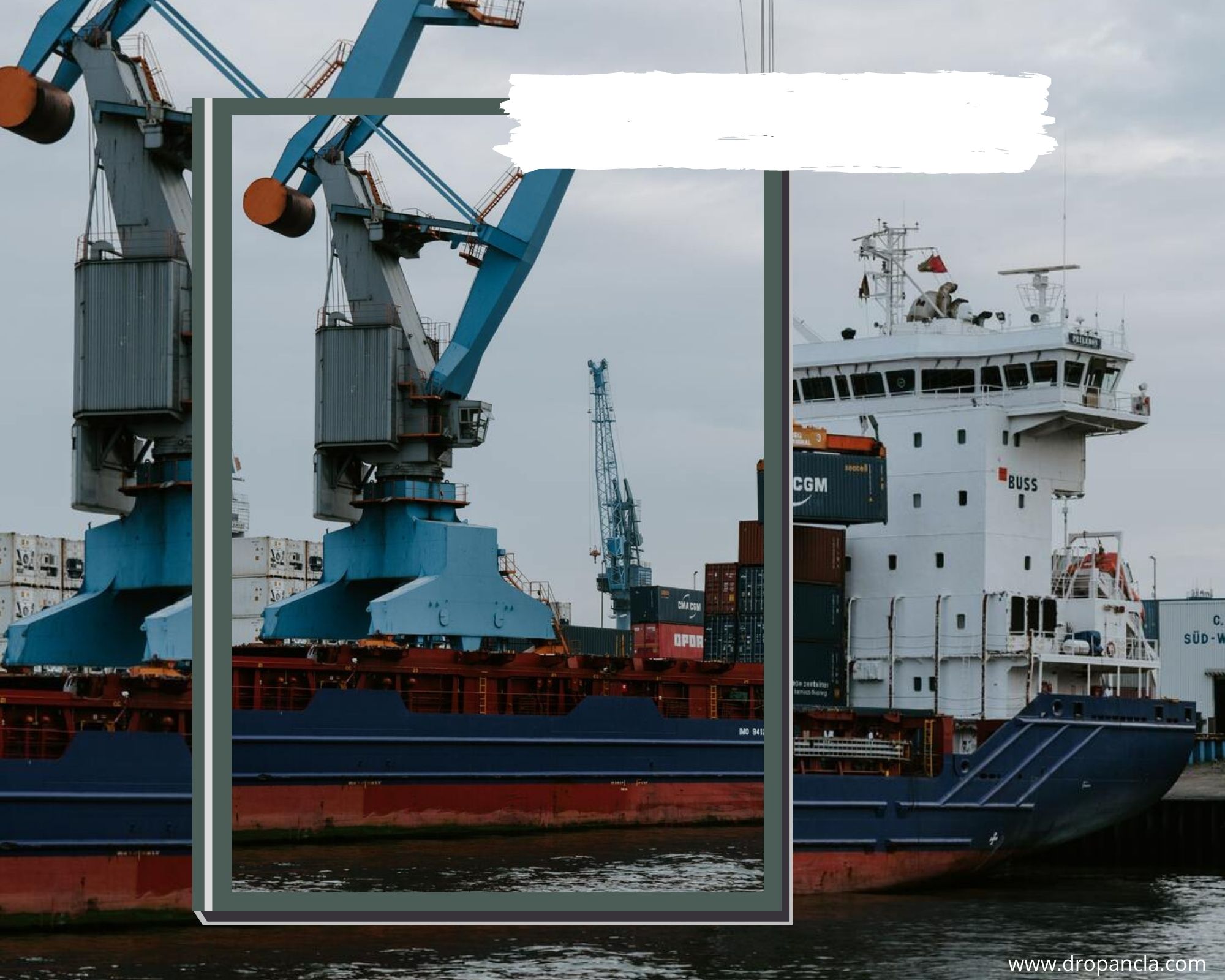
What is a cargo handling system?
The system provides an optimized environment to practice the IATA regulations and procedures for efficient and competent cargo management, ensuring the efficiency and safety of the goods.
We hope that this article explains all the needed information on cargo handling for you to have a clear picture of it. Also, if you are interested in cargo handling and shipping, there are plenty of opportunities to learn about it. So do not waste your time waiting for the perfect moment. Get in and know more about the cargo industry and believe us, it is a challenging yet exciting field of study.

